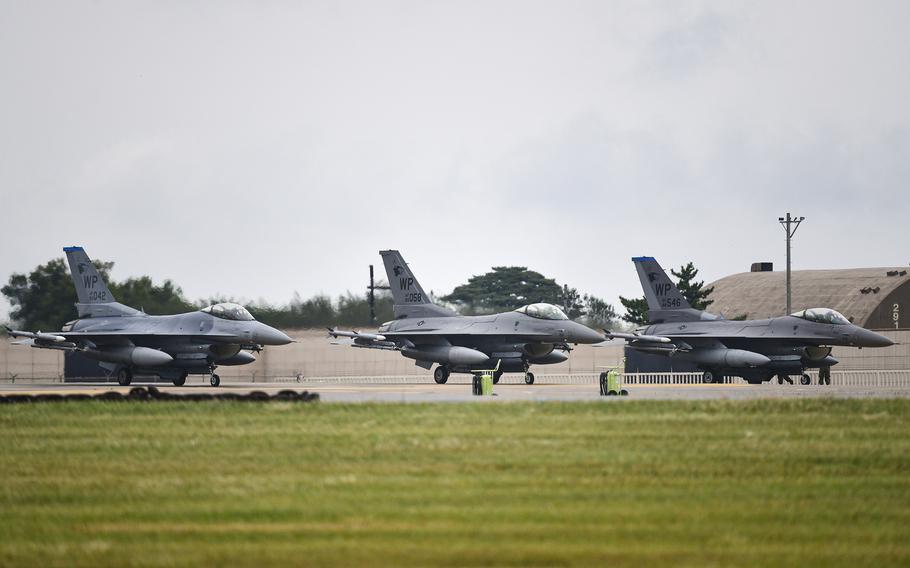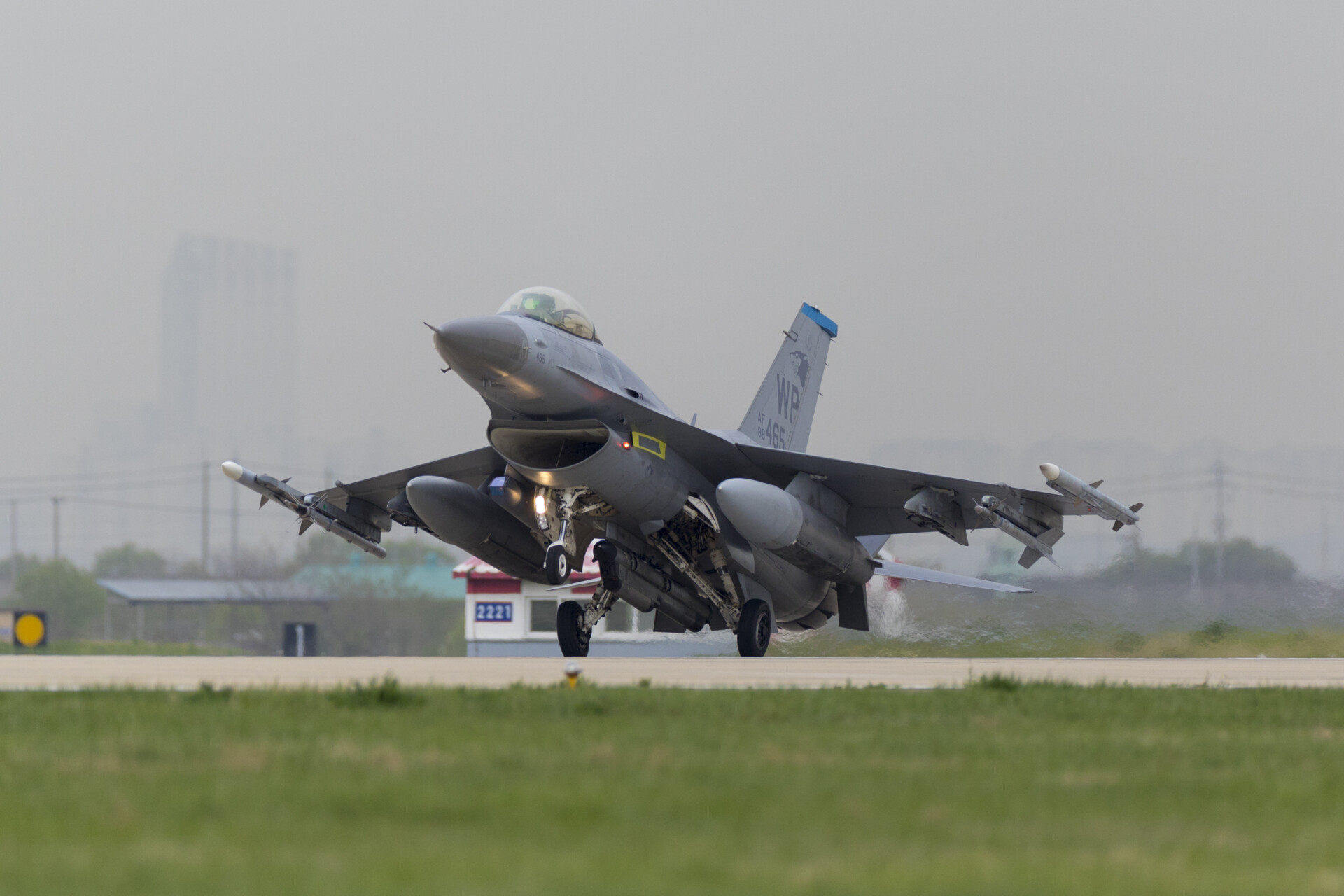U.S. Establishes “Super Squadron” of 31 F-16 Fighter Jets in South Korea
The United States Air Force has established a "Super Squadron" consisting of 31 F-16 fighter jets at one of its most crucial air bases in South Korea amid escalating tensions on the Korean Peninsula due to North Korea's aggressive and provocative actions.
(DEFENCE SECURITY ASIA) — The United States Air Force has established a “Super Squadron” consisting of 31 F-16 fighter jets at one of its most crucial air bases in South Korea amid escalating tensions on the Korean Peninsula due to North Korea’s aggressive and provocative actions.
According to the United States Air Force, the initiative to form the “Super Squadron” of 31 F-16s at Osan Air Base in Pyeongtaek will be implemented for a period of one year.
Under the plan, nine F-16 fighter jets from the 8th Fighter Wing at Kunsan Air Base will be transferred to the 36th Fighter Squadron at Osan Air Base.
Additionally, 150 support personnel, including engineers from Kunsan Air Base, will also be relocated to Osan Air Base.
“The Super Squadron is designed to test whether a larger squadron of fighter jets can enhance training effectiveness and combat capabilities,” said Lt. Gen. David Iverson, Commander of the 7th Air Force, in a statement.
“It gives us the opportunity to see if the size of this Super Squadron will improve training effectiveness and enhance combat capabilities should deterrence fail.”

The establishment of the “Super Squadron” at Osan Air Base increases the number of F-16 fighter jets from 22 to 31. Typically, a squadron consists of 18 to 24 fighter jets.
The U.S. Air Force’s move to create a “Super Squadron” of 31 F-16 fighter jets in South Korea is aimed at maintaining a robust presence in a geopolitically volatile region.
Osan Air Base, located approximately 60 kilometers south of the capital, Seoul, is a vital hub for U.S. military operations in South Korea and plays a significant role in executing its military strategy on the Korean Peninsula.
The U.S. decision to establish the “Super Squadron” in South Korea underscores Washington and its allies’ continual adjustment of military strategies to address evolving threats in the region.
It also highlights that enhanced training and combat capabilities are crucial for maintaining the strength of a military force.
The U.S. Air Force also stated that it is collecting data on the performance of the “Super Squadron,” including sortie numbers and logistics support requirements.

“Any information from the existence of the ‘Super Squadron’ will be used for future planning regarding fighter squadron configurations and deployment strategies.”
Osan Air Base, located near the capital, Seoul, serves as a forward base for U.S. military operations in East Asia, supporting various missions, including air defense, surveillance, and strikes.
The recent transfer of F-16 fighter jets to Osan Air Base represents the latest adjustment in the Air Force’s fighter deployment strategy.
The Pacific Air Forces (PACAF) 2030 Strategy, published in September 2023, highlighted that the current basing posture, which was optimized 70 years ago, hampers the ability to swiftly respond to contemporary natural disasters and man-made crises.
The strategy pledged to re-optimize the command’s basing arrangements to address these challenges.
Earlier this month, the Pentagon announced plans to station 36 F-15EX aircraft at Kadena Air Base in Japan, replacing the remaining F-15C/D models.
In recent years, in anticipation of retiring the base’s 48 F-15C/D aircraft, the service has been rotating fighter deployments to this strategic location in Okinawa, which lies only 400 miles east of Taiwan. — DSA



Comments are closed.